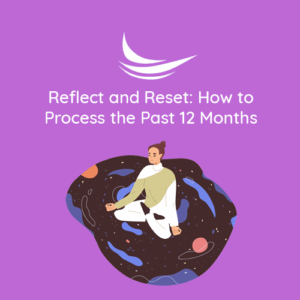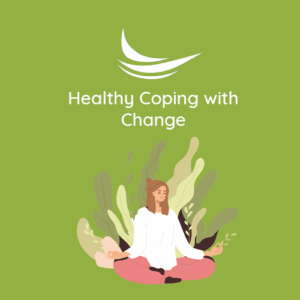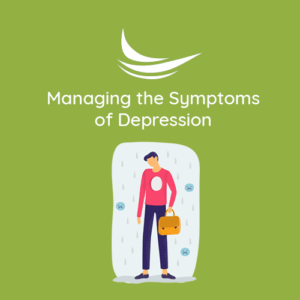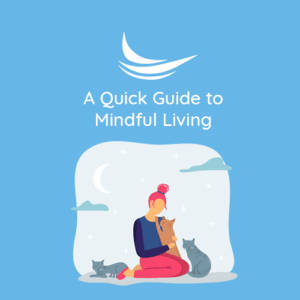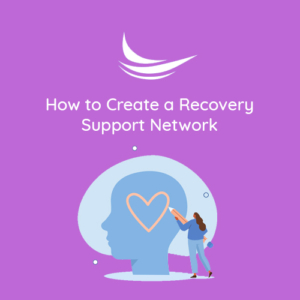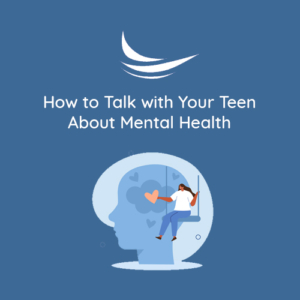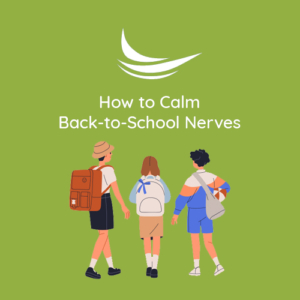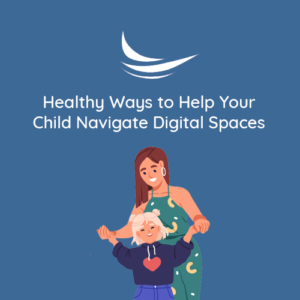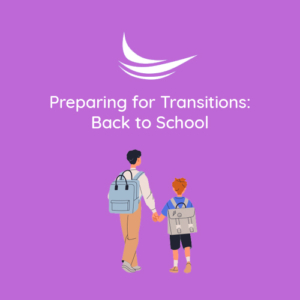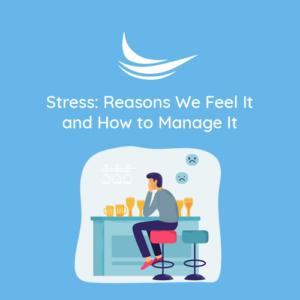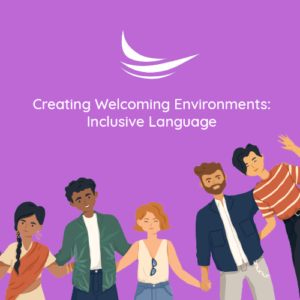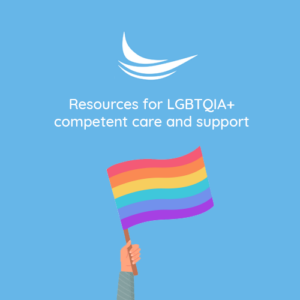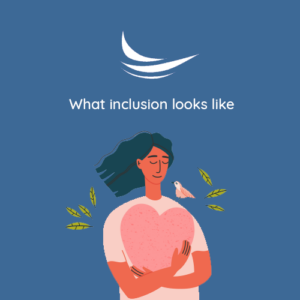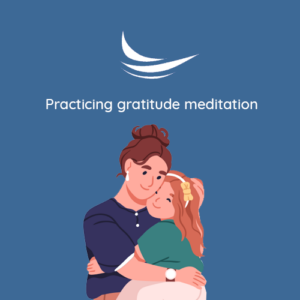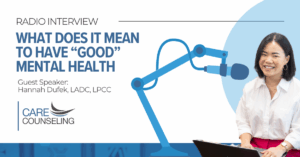October is Domestic Violence Awareness Month (DVAM)
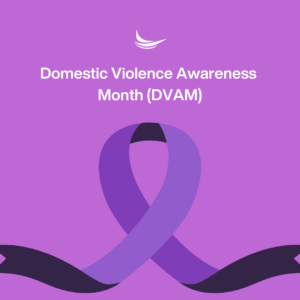
October is Domestic Violence Awareness Month (DVAM) with this year’s theme focused on Heal, Hold & Center.
Everyone deserves to be safe and supported within their relationship and we must come together to embrace cultural ways to heal from violence and oppression, hold space for survivors of violence, and center those who are most marginalized. Inequality, stereotypes, prejudice, and discrimination place certain populations such as women, BIPOC, and the LGBTQ community at higher risk for violence and oppression.
Domestic violence is also called intimate partner violence, partner abuse, or dating violence. Intimate partner violence affects more than 12 million people per year. The dynamics of violence include asserting power and control over another person through tactics such as emotional abuse, physical abuse, sexual abuse, isolation, identity/ cultural abuse, and financial abuse. Forms of oppression include racism, sexism, classism, ageism, ableism, homophobia, biphobia, and transphobia. Oppression-based stress and trauma negatively impact mental health.
It is important to raise awareness of the issues that impact people’s mental and physical well-being. This includes the need to recognize and address intimate partner violence, including LGBTQ-specific forms of domestic violence. The National LGBTQIA Health Education Center provides examples of using power and control over the journey of coming out and using personal characteristics of one’s identity and culture to demean, oppress, and manipulate.
With October 11th being National Coming Out Day, I’d like to share several examples of abuse related to identity and the deeply personal journey of coming out.
- Pressuring a partner to be “out” or to be “closeted”
- Outing a partner to their family, work, or religious group
- Convincing a partner they will be rejected by others for their LGBTQ identity
- Saying a partner is “too much” or “not enough” of their LGBTQ identity
- Denying a partner’s gender identity or sexual orientation
- Intentionally using the wrong pronouns or name with a partner
- Controlling how a partner expresses their gender or sexual orientation
- Defining what it means to be LGBTQ for a partner
- Using anti-LGBTQ slurs or endorsing negative stereotypes.
- Threatening to out a partner at work
If you are impacted by a current or past relational experience that threatens your sense of safety, including aspects of who you are, support is available. At CARE Counseling, we would be honored to come alongside you to help advocate and support. Our therapists can help you explore aspects of “Who am I?” and ways to reconnect with your identities and culture. CARE is proud to create safe spaces to process your experiences, cope, and heal from trauma using evidence-based approaches and cultural supports. We celebrate the courage and strength of survivors and the resilience of their narratives. This includes freedom from violence and oppression, the ability to live authentically, and the safety of being seen, heard, and accepted.
Learn how you can center healing + racial justice for survivors this October and beyond at dvawareness.org/HealHoldCenter. #HealHoldCenter #NoSurvivorJusticWithoutRacialJustice #DVAM2024 #CallforUnity
General IPV Resources
Domestic Violence Awareness Project: https://www.dvawareness.org/HealHoldCenter
The HRSA Strategy to Address Intimate Partner Violence: www.hrsa.gov/sites/default/files/hrsa/HRSA-strategyintimate-partner-violence.pdf
Futures without Violence Online Intimate Partner Violence Toolkit: https://www.futureswithoutviolence.org/ipv-screening-and-counseling-toolkit/
National Coalition Against Domestic Violence www.ncadv.org
National Domestic Violence Hotline: 1-800-799-SAFE www.ndvh.org
LGBTQ-specific IPV Resources
The Network/La Red Hotline: 617.742.4911 TNLR.org National Coalition of Anti-Violence Programs www.avp.org
National LGBTQ Institute on IPV www.LGBTQIPV.org
Written By: Charlotte Johnson, MA, LPCC
The information featured on this site is general in nature. The site provides health information designed to complement your personal health management. It does not provide medical advice or health services and is not meant to replace professional advice or imply coverage of specific clinical services or products. The inclusion of links to other websites does not imply any endorsement of the material on such websites. The inclusion of links to other websites does not imply any endorsement of the material on such websites. The information provided in this blog post reflects the personal views of the author. The blog post contains general health information and is not a substitute for your doctor’s care. Please discuss with your doctor how the information provided is right for you.


